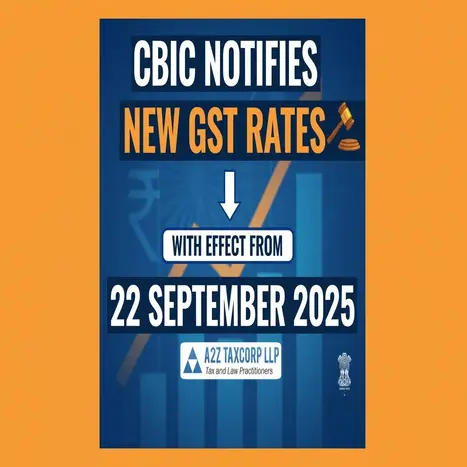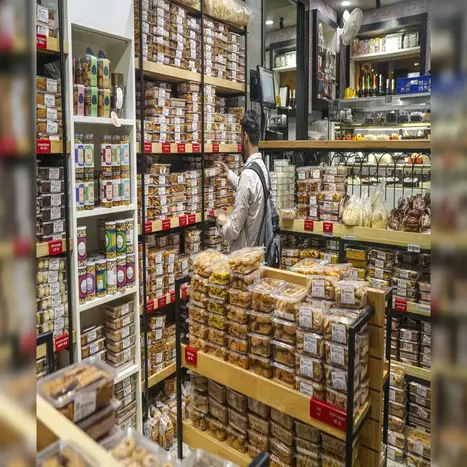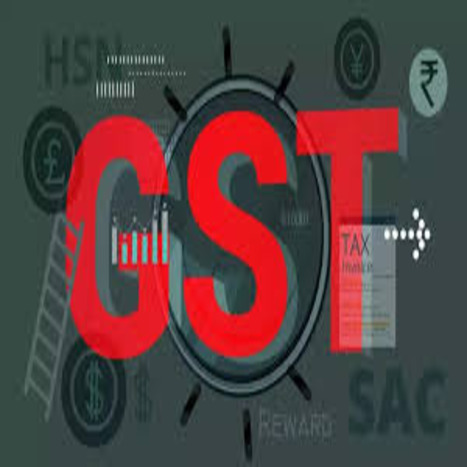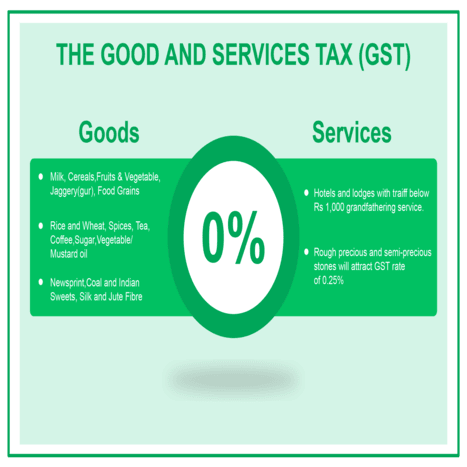GST 2.0 Arrives! 9 Fresh Notifications Bringing Major Changes from September 22
The Central Board of Indirect Taxes and Customs (CBIC) has released a series of Central Tax (Rate) Notifications on 17th September 2025 to implement the decisions of the 56th GST Council meeting. These notifications primarily deal with GST rate changes and amendments to earlier notifications. All changes are effective from 22nd September 2025.
Download Links:
| Number | Date | Subject | Download |
|---|---|---|---|
| 17/2025-Central Tax (Rate) | 17-Sep-2025 | Seeks to amend Notification No. 3/2017- Central Tax (Rate) dated 28.06.2017. | English हिन्दी |
| 16/2025-Central Tax (Rate) | 17-Sep-2025 | Seeks to amend Notification No 12/2017-Central Tax (Rate dated 28th June, 2017 to implement the recommendations of the 56th GST Council. | English हिन्दी |
| 15/2025-Central Tax (Rate) | 17-Sep-2025 | Seeks to amend Notification No 11/2017 – Central Tax (Rate) dated 28th June, 2017 to implement the recommendations of the 56th GST Council. | English हिन्दी |
| 14/2025-Central Tax (Rate) | 17-Sep-2025 | Seeks to notify GST rate for bricks. | English हिन्दी |
| 13/2025-Central Tax (Rate) | 17-Sep-2025 | Seeks to amend Notification No. 21/2018- Central Tax (Rate) dated 26.07.2018. | English हिन्दी |
| 12/2025-Central Tax (Rate) | 17-Sep-2025 | Seeks to amend Notification No. 8/2018- Central Tax (Rate) dated 25.01.2018. | English हिन्दी |
| 11/2025-Central Tax (Rate) | 17-Sep-2025 | Seeks to amend Notification No. 3/2017- Central Tax (Rate) dated 28.06.2017. | English हिन्दी |
| 10/2025-Central Tax (Rate) | 17-Sep-2025 | Seeks to supersede Notification No. 2/2017- Central Tax (Rate) dated 28.06.2017. | English हिन्दी |
| 09/2025-Central Tax (Rate) | 17-Sep-2025 | Seeks to supersede Notification No. 1/2017- Central Tax (Rate) dated 28.06.2017. | English हिन्दी |
 Key Highlights of Notifications
Key Highlights of Notifications
- 09/2025 & 10/2025: Supersede the original 2017 rate and exemption notifications, thereby consolidating all GST rates under the new GST 2.0 regime.
- 11/2025 & 17/2025: Amendments to Notification 3/2017 (concessional rate supplies for exploration and production).
- 12/2025 & 16/2025: Amendments to Notification 12/2017 (service exemptions).
- 15/2025: Amends Notification 11/2017 relating to GST rates for services.
- 13/2025 & 12/2025: Amendments to notifications relating to concessional GST on handicraft items and earlier changes to service rates.
- 14/2025: Notifies revised GST rate for bricks, in line with the Council’s decision (sand lime bricks reduced to 5%).
GST 2.0. Central Tax (Rate) Notifications
| Earlier Notification No. & Date of Issue | Subject | New Notification No. | Date |
|---|---|---|---|
| 21/2018-Central Tax (Rate), dt. 26-07-2018 | Seeks to prescribe concessional CGST rate on specified handicraft items, to give effect to the recommendations of the GST Council in its 28th meeting held on 21.07.2018 | Amended by 13/2025-Central Tax (Rate) | 17.09.2025 |
| 08/2018-Central Tax (Rate), dt. 25-01-2018 | Seeks to amend Notification No.1/2017-CGST (Rate) | Amended by 12/2025-Central Tax (Rate) | 17.09.2025 |
| 12/2017-Central Tax (Rate), dt. 28-06-2017 | To notify the exemptions on supply of services under CGST Act | Amended by 16/2025-Central Tax (Rate) | 17.09.2025 |
| 11/2017-Central Tax (Rate), dt. 28-06-2017 | To notify the rates for supply of services under CGST Act | Amended by 15/2025-Central Tax (Rate) | 17.09.2025 |
| 03/2017-Central Tax (Rate), dt. 28-06-2017 | 2.5% concessional CGST rate for supplies to Exploration and Production notified under section 11(1) | Amended by 11/2025-Central Tax (Rate) & 17/2025-Central Tax (Rate) | 17.09.2025 |
| 02/2017-Central Tax (Rate), dt. 28-06-2017 | CGST exempt goods notified under section 11(1) | Superseded by 10/2025-Central Tax (Rate) | 17.09.2025 |
| 01/2017-Central Tax (Rate), dt. 28-06-2017 | CGST Rate Schedule notified under section 9(1) | Superseded by 09/2025-Central Tax (Rate) | 17.09.2025 |
 Conclusion
Conclusion
These notifications mark the implementation of GST 2.0, simplifying rate structures and clarifying exemptions. Businesses must now:
- Update billing and ERP systems with revised rates effective 22nd September 2025.
- Review service contracts and supply chains impacted by amended exemption/rate notifications.
- Pay close attention to transitional compliance, especially for goods like bricks, handicraft items, pharma products, and services under concessional/exempt categories.
Together, these changes give legal effect to the recommendations of the 56th GST Council and begin a new phase of GST compliance in India.





 Key Issues Addressed in the Circular
Key Issues Addressed in the Circular Conclusion
Conclusion

 What Does the Rule Say?
What Does the Rule Say? When Will This Apply?
When Will This Apply? This means:
This means: Illustration: Returns That Will Be Barred from 1st October 2025
Illustration: Returns That Will Be Barred from 1st October 2025 Example:
Example: Why This Matters?
Why This Matters?




 Essential Food Products – Now Nil Rated
Essential Food Products – Now Nil Rated Life-Saving Drugs & Medicines – Now Nil Rated
Life-Saving Drugs & Medicines – Now Nil Rated Stationery & Education Items – Now Nil Rated
Stationery & Education Items – Now Nil Rated Other Goods Now Nil Rated
Other Goods Now Nil Rated Insurance Services – Now Nil Rated
Insurance Services – Now Nil Rated